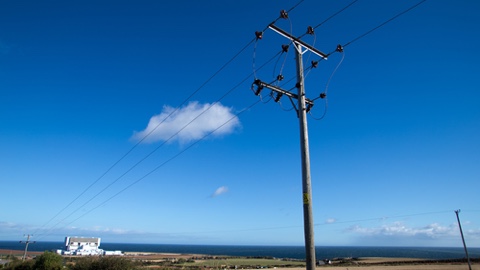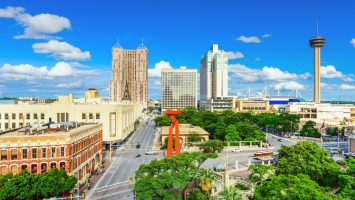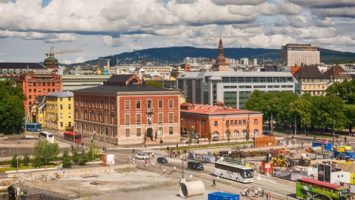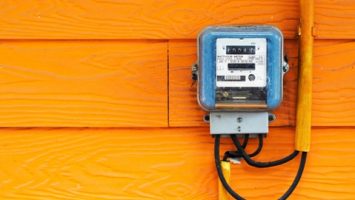
Smart Fintry, a community project based in the Stirlingshire village of Fintry in Scotland, has become the first smart village in the UK. Using the existing grid, wireless communications, and smart meters to balance demand and supply, residents are able to buy their electricity directly from renewable energy generators in the local area. A new smart meter is given to villagers to help monitor electricity use along with a special renewable electricity tariff. The project helps locals to match their electricity use with the output of three local renewable generators, including two wind turbines and an anaerobic digestion plant. Smart Fintry, with the aim of helping cut energy bills and CO2 emissions, is due to be completed in March 2018.
Gordon Cowtan, resident and co-founder of Fintry Development Trust said, “The households taking part have already switched to a special renewable electricity tariff with Good Energy and have had new meters installed to keep track of their energy use. Over the next few months, they’ll start to see even more benefits as we launch a new online portal showing them how and when they’re using electricity, and linking this to the output from our local renewable generators. In the long run, we hope that by reducing the strain on the national grid smart, local energy systems like the one being piloted in Fintry will help drive down household energy bills and make communities more self-sufficient.”
The project is funded by a grant from the Scottish Government under the Local Energy Challenge Fund and is being delivered via a partnership between Fintry Development Trust and commercial partners such as Veitch Cooper, Energy Assets, Heriot-Watt University, and renewable energy supplier Good Energy.
Will Vooght, head of research and innovation at Good Energy said, “We’ve had a fantastic response from Fintry, so far. As well as more control over their energy use, SMART Fintry participants have the added benefit of being supplied by 100% renewable electricity – much of it from local sources.”


